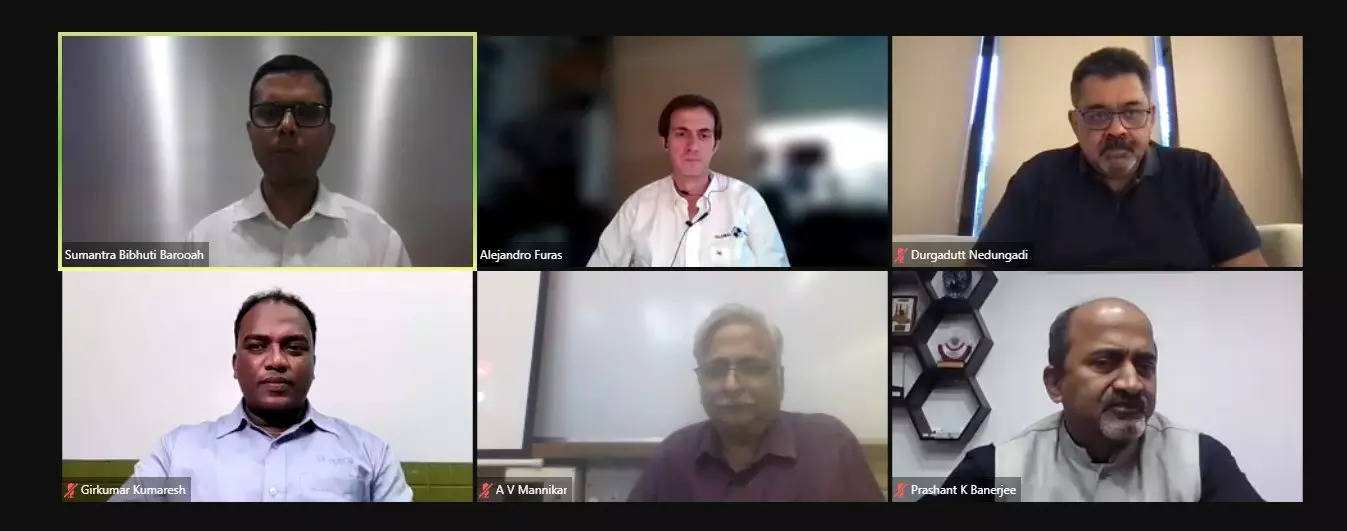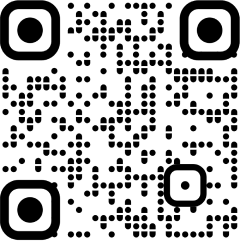
New Delhi: Unfortunately, the number of road deaths in India is still the highest in the world. While the efforts have to be stepped up by all the stakeholders, the two key pillars for road safety are technology and regulations.
Prashant Banerjee, Executive Director, SIAM said that the industry body is not only prioritizing vehicle safety in the country, but spreading awareness and discipline on road safety as a curriculum for young minds in schools as well.
He was speaking at the ETAuto’s webinar titled ‘Towards Safer Mobility — Technologies and Regulations’ on the occasion of the 7th UN Road Safety Week.
Stressing on the need for active and passive safety systems in vehicles, AV Manniker, Head Consultant, Bharat NCAP, talked about the implementations of the new regulatory standards in the country.
Bharat NCAP will recommend star rating for ‘popular vehicles’ with sales over 30,000 units in the country. There will be a need for mandatory rating for the base variant and optional rating for the additional variant. Pedestrian safety, seat belt reminders will be required to be adhered by even single star rated products.
Some of the new initiatives by the Ministry include three point seatbelt for rear seat and the upcoming six airbag regulation to be mandated from Oct 1, 2023. Another regulation in the pipeline is the rear crash for multi-fuel vehicles and the child seat ISOFIX which will have to comply with regulation 182 which is in line with 145.
Further, optimisation of the restraint system, full frontal collision under AIS 201 is under discussion. The government is working on enhancing the scope of offset frontal crash AIS 98 for up to 3.5 tonne CV and enhancing scope of side impact crash tests AIS 99, so the exemption granted for high-end vehicles will go away.
“Overall there is a shift from passive safety to active safety. Other ongoing discussions are about the ABS for other than M1 category, AIS 184 driver drowsiness warning, blind spot Information System, the moving object information system, lane departure warning, cyber security, software update, automated lane keeping systems, event data recorder, automatically commanded steering control, all these standards are on the anvil and under high priority,” he said.
Manniker added that the intervention of six airbags is a welcome move, provided all the passengers follow the prerequisite culture of wearing seat belts. “Even though there may be teething problems, supply chain issues and it may be challenging for small cars, it is not insurmountable. The change may not be as smooth, but over the years it will prove to be a substantial move. For such changes, collaborative work is required. MAGIC will happen when everyone comes together- Media, Agencies, Government, Industry, Consumer.”
Technology as a driver of road safety
Girkumar Kumaresh, Principal Advisor, Road Safety, Future Mobility & Expert Accident Research, Bosch India, noted that India loses 150,000 people every day and almost USD 3200 billion of the GDP every year including towards the loss of person, infrastructure, goods, insurance, medical, legal cost etc.
The loss per accident per vehicle category per injury category turns out to be around USD 150,000 in case of a fatal accident and USD 41,000 if the accident is serious. In case of a minor injury, it amounts to USD 24,000 and in case of no injury it could be a little bit higher.
As the technology is playing a key role in vehicle manufacturing, so is its need for road safety.
Alejandro Furas, Secretary General, Global NCAP stressed on the need for the popular cars which are more economical as the first choice of a new car buyer to be equipped with safety features first. “With the upcoming changes in regulation, Maruti Suzuki will also be able to lead the market not just by sales, but also by offering the more affordable cars in the market with safety ratings as well.”
GNCAP started testing vehicles in India in 2014. Furas said they noticed that at that time the popular models by price added front airbags as optional, while the side airbags and ESC were an exemption. “For safety, 2016 was a turning point for us as we have seen that just a single safety feature in a model triggered a larger demand from the consumer for cars with better safety equipment. The recent announcements about BNCAP have made tremendous shifts in the market with the OEMs,” he said.
In July 2022, GNCAP updated its protocols for emerging markets including India. This is divided into 2 timelines- starting 2022-23, followed another in 2024-25.
Furas stated that government regulations in a country should be seen as complementary to GNCAP safety ratings and not otherwise. The global agency said it is testing EVs under the same protocols as ICE. However, specific aspects like electric shock risks, monitoring the batteries at high temperature points are being evaluated for future.
He added that the GNCAP will soon follow Latin NCAP in order to make the side impact protection even more challenging. “We are going to have heavier barriers with higher speed; the poll impact will become oblique.”
Durgadutt Nedungadi, SVP India and International Business, Netradyne, pointed out three key reasons for road accidents- high vehicle speed, distracted driver and not using restraints.
According to him, technology is required to aid the drivers as a positive driver behavior can lead to driver safety. “We use vision based AI technologies to actually recognize events before they occur, and give real time warnings in the cabin to drivers. So that they can actually take corrective action.”
Using artificial intelligence and machine learning, Netradyne analyzes G-force events, almost everything which is happening both inside as well as outside the vehicle. In commercial fleets, technology can provide support in rank the drivers in terms of their merit. Driver assistance also provides the ability to tell the driver that there is an impending event which is very critical.
The government in India has already notified the AIS 197 and implementation date is awaited. It covers the vehicle selection guidelines, testing, protocols, star rating calculator.
Furas urged the vehicle manufacturers to use seat belt reminders in cars which cannot be tricked by the users. “Or maybe induce the technology in such a way that if the passenger is not belted up, the car will not move over 20 kmph.”

















